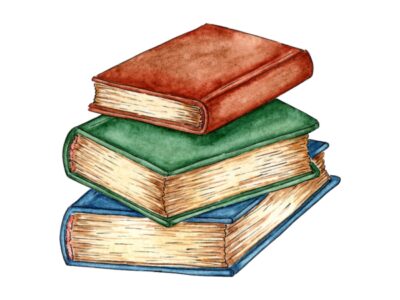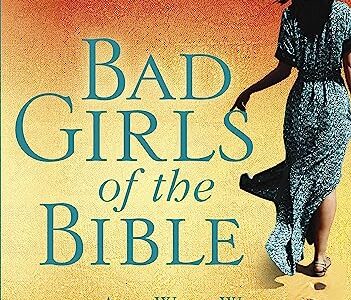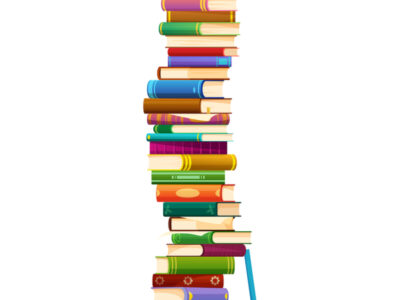As I discussed in the previous post from June 22, when beginning work on a new novel, I go straight to my characters. Central to any story are the protagonists, antagonists, and supporting cast who drive the narrative, evolve throughout the story, and captivate the reader’s imagination. So, where do I start when it comes to character development?
For me, it’s backstory. If I don’t know my characters and where they came from, what events in their past shaped them, then I can’t write about them. And, yes, a lot of times this comes even before I know their physical descriptions.
Every character you craft has a past, and it directly influences who they are when your story opens. Even if their history doesn’t directly feature in the narrative, you as a writer should understand where they came from, the experiences they’ve had, and how these experiences have shaped them. This backstory provides the groundwork for their motivations, behaviors, and relationships.
But before I get into motivations, let’s talk about backstory itself a bit. Backstory is so important to the development of a story, but it has to be done right. Meaning, it has to be woven into the tapestry so that it is seamless, carries the story forward, and is invisible.
What do I mean by invisible? I mean it needs to come so naturally the reader doesn’t feel like she’s reading an “info dump.” When I’m first introduced to a character, I don’t need to know every little detail about that person’s life. Just like any real, live person, your characters are going to have depth. There’s always more to them than first meets the eye. As a result, that information needs to be revealed throughout the story, peeling back the layers like an onion, letting the reader get to know the person as the story progresses. So, how does one do that? Honestly, for me, it’s a bit instinctual; but, again, the more I know about the character in the beginning, the easier it is to figure out where the backstory goes.
So, here we go. Here’s my process. I’ve finished a story and turned it in to my editor. I’ve celebrated for all of five minutes. Now, it’s time to get started on the next one. I sit down and pull up my Scrivener template and go straight to the character sketch template provided. And I start filling it in. I tend to do a lot of stream of consciousness writing and include information that will change or never make it into the book; but by the time I’m done, I feel like I have a good grasp of who my character is. Here are some things I know before I start the story:
Name:
Age:
Occupation:
Family: (i.e., siblings, parents, and where they live. If I know of family conflicts, I fill those in here.)
Best friend:
Squad: (i.e., best friend GROUP)
MPLM: (i.e.. most painful life moment) + direct influence (i.e., how that changed her perception of the world/life/etc., and any resolve that came from it such as a lie they now believe)
Lie he/she believes about herself/himself: (i.e., I’ll never be good enough to ________.)
Character’s flaw: (what makes them human 😊; i.e., quick temper, greedy, selfish, etc.)
Greatest fear: (can be related to the lie they believe)
Greatest strength (superpower): No, they don’t have to be a superhero, just something they do well (i.e., good with numbers, MMA fighter with big-time skills, a former cat burglar turned security expert)
Short term goals:
Overarching goal: (big enough to carry them through the story)
Darkest secret:
Motivation: (What’s driving your character forward, crossing the invisible line in the dirt so they’re all in, committed to achieving the goal, determined to succeed in the quest they’ve either set themselves on or have been dropped into by an outside force?)
Conflict (internal and external): Note, whatever conflict arises, it will always be tied into your character’s backstory, greatest fear, and lie the character believes about themself. Because in the end, the character has to face her greatest fear and finally see the truth—acknowledge that the lie is a lie—and is now a better person, more mature, etc., than they were when the story first opened.
Spiritual journey/arc:
There are a few more items I could add to this list, but it’s enough to get started. Take a look at your WIP (work in progress) and the characters you’ve created. Do they have these essential elements in their workup? Can you see any places where you can make them stronger, more real, more relatable?








